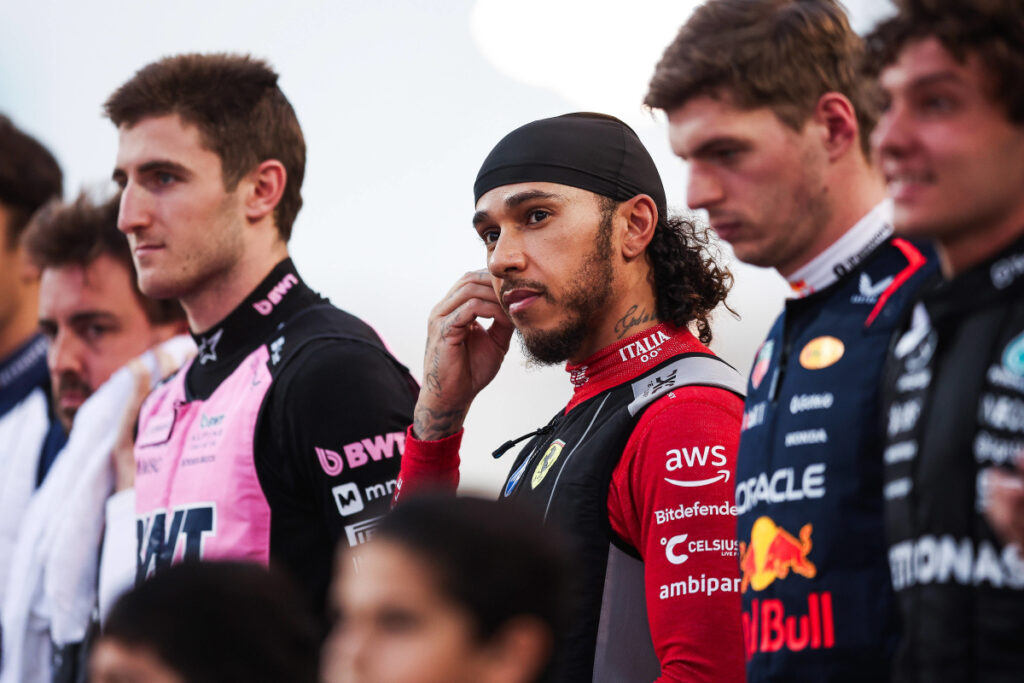Breaking: FIA Rescinds f1 star Saudi Arabian GP Grid Penalty After… Read more

FIA Withdraws Carlos Sainz’s Grid Penalty for Saudi GP After Technical Glitch in Bahrain
In a major turn of events, the FIA has officially rescinded a three-place grid penalty previously handed to Carlos Sainz for the upcoming Saudi Arabian Grand Prix. The penalty had initially been imposed following the Bahrain GP, but a detailed review revealed that it was the result of a technical malfunction within the FIA’s race control systems.
Carlos Sainz, currently racing for Williams, endured a rough outing at the Bahrain Grand Prix. At one point, he was running comfortably in sixth place, showing promising pace. However, a collision with RB driver Yuki Tsunoda on lap 35 dramatically altered the course of his race. The incident left visible damage to Sainz’s car, scattering debris across the track and prompting the deployment of the safety car. Sainz later detailed the extent of the damage, explaining that his car lost between 40 and 50 percent of its aerodynamic downforce. Additionally, the collision left internal components like the radiator exposed, forcing Williams to eventually retire the car when he was running last.
Adding to Sainz’s woes, he was issued a 10-second time penalty for an earlier incident during the race restart, in which he was deemed to have forced Mercedes junior Kimi Antonelli off the track. Williams served the time penalty during the race as per procedure, but a glitch in the FIA’s race control systems failed to register that the penalty had been properly served. Consequently, after the race, the FIA announced a three-place grid drop for Sainz at the next event in Saudi Arabia, along with two penalty points on his super licence. This brought his total to three penalty points over the past year.
Upon further investigation, it was revealed that the FIA’s timing and penalty-tracking systems had experienced a technical failure in the second half of the Bahrain GP. This malfunction caused the system to miss several key data points, including confirmation that Sainz had completed his in-race penalty. Normally, the race control system automatically logs such actions, but in this instance, it failed to do so.
This system glitch not only affected Sainz but also impacted other drivers. Mercedes’ George Russell, for example, reported various technical issues during the race, including problems with his dashboard display, brake-by-wire system, and car transponder. These malfunctions made it difficult for both Russell and the stewards to monitor the car’s performance and compliance in real-time. He was briefly investigated for a potential DRS (Drag Reduction System) infringement but was later cleared of any wrongdoing.
Meanwhile, Max Verstappen also had a complicated race, struggling with braking problems and a pit stop delay that set him back in the field. Despite these challenges, the reigning World Champion battled through the pack and secured a sixth-place finish after a late-race overtake on Pierre Gasly. Lewis Hamilton, who had started ninth, put in a solid drive to climb up to fifth by the checkered flag.
At the front, it was a celebratory day for McLaren. Oscar Piastri claimed his first Formula 1 victory, showcasing a strong performance throughout the race. George Russell secured second place for Mercedes, while Lando Norris continued his excellent run by finishing third, maintaining his lead in the drivers’ championship standings.
After reviewing all available telemetry and timing data, the FIA acknowledged the mistake and officially withdrew Sainz’s grid penalty. In their statement, the governing body confirmed: “The penalty was served and should not be converted to a grid position penalty.” This reversal clears Sainz of any wrongdoing and reinstates his rightful starting position for the Saudi Arabian Grand Prix.
In light of the incident, the FIA has launched an internal review of its technical infrastructure to prevent similar errors in future races. With the next Grand Prix just around the corner, teams are hoping for a smoother weekend—both in terms of on-track action and behind-the-scenes operations.





